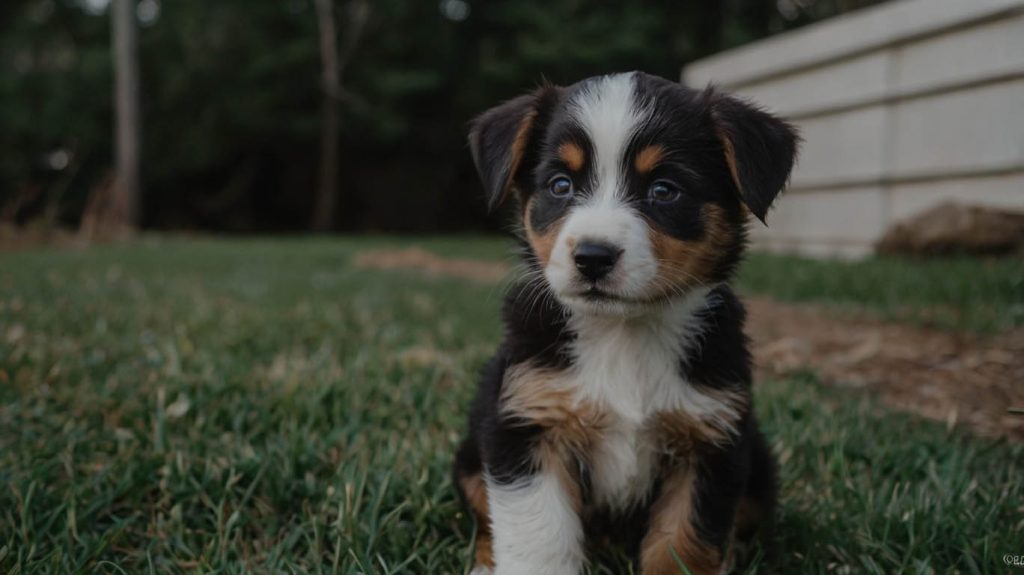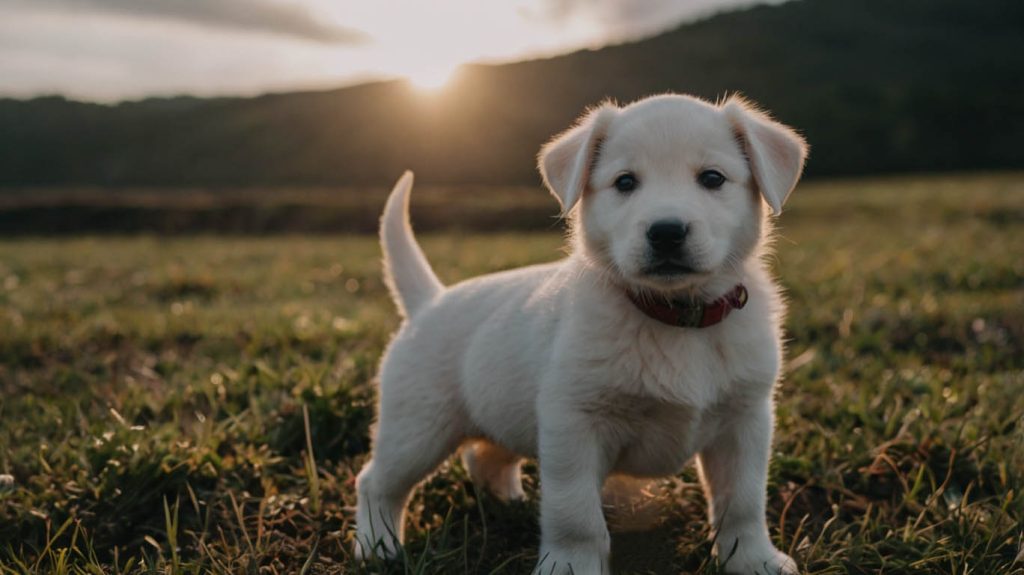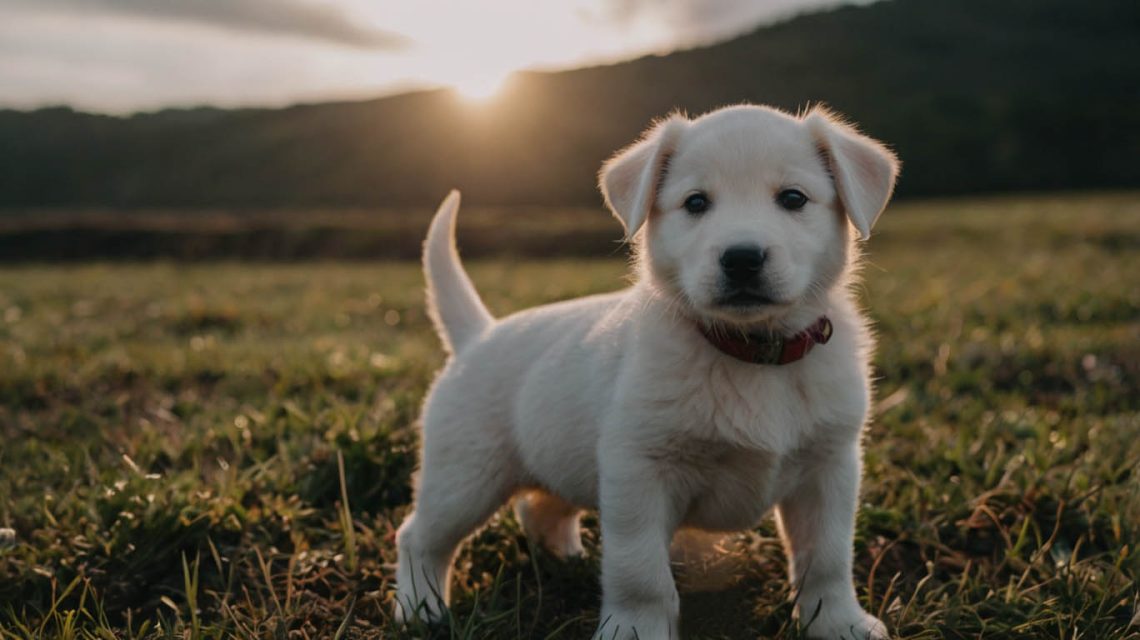How to Calm a Hyper Puppy: The Complete Guide to Finding Your Off-Switch
You pictured quiet cuddles and gentle games of fetch. Instead, you have a tiny tornado with sharp teeth ricocheting off your furniture. Welcome to puppyhood! If you are desperately trying to figure out how to calm a hyper puppy, take a deep breath and know this: you are not alone, and your puppy is not broken. Those frantic bursts of energy, often called the “zoomies” or the “witching hour,” are a normal part of development. However, learning to manage them is the key to a peaceful home and a well-adjusted adult dog.
This guide will tell the story of your puppy’s energy and how you can become its calm, confident director. First, we will decode the reasons behind the hyperactivity. Then, we will lay out a step-by-step blueprint with proven techniques for fostering calmness. Consequently, you will transform from a frazzled puppy parent into an empowered leader who knows exactly how to guide your pup from chaos to composure.
The “Why”: Understanding the Source of Puppy Hyperactivity
Before you can effectively address the behavior, you must understand where it comes from. Learning how to calm a hyper puppy begins with empathy for their developmental stage.
- An Undeveloped Brain: A puppy’s brain is still under construction. The connection between the “gas pedal” (excitement) and the “brakes” (self-control) is weak. They don’t have a reliable off-switch yet—you have to help them build one.
- Constant Discovery: The world is brand new, and puppies explore it with boundless energy and, most notably, their mouths. This exploration can look like frantic hyperactivity and nipping.
- The Overtired Toddler Effect: This is the most crucial and counter-intuitive point. Much like a human toddler who missed their nap, an overtired puppy becomes a frantic, bitey monster. Their hyperactivity is often a cry for sleep, not for more play.
Recognizing these triggers is the first step. Therefore, instead of just reacting to the chaos, you can start proactively managing it.

The Blueprint: How to Calm a Hyper Puppy with Structure and Strategy
Calmness is a skill that must be taught and nurtured. You can’t just wait for your puppy to outgrow the hyperactivity. The following strategies work together to create a foundation for a balanced temperament.
The Secret Weapon: How to Calm a Hyper Puppy with Enforced Naps
If you remember only one thing from this guide, let it be this: a well-rested puppy is a better-behaved puppy. Puppies need a staggering 18-20 hours of sleep per day. When they don’t get it, they become overstimulated and hyperactive.
- Implement a Crate-and-Nap Schedule: A great rule of thumb is 1-2 hours of awake time followed by a 2-hour nap in a quiet crate or playpen. This prevents them from getting overtired and gives you a much-needed break.
- Make the Crate a Sanctuary: The crate should be a safe, wonderful place, not a punishment. For more details, the American Kennel Club (AKC) offers a fantastic guide to crate training.
Mental Stimulation: The Best Way to Tire a Hyper Puppy
Five minutes of focused brain work is more exhausting for a puppy than a 30-minute frantic romp. Working their mind is a cornerstone of learning how to calm a hyper puppy.
- Turn Meals into Puzzles: Ditch the food bowl. Instead, feed your puppy using a snuffle mat, a KONG Wobbler, or another food-dispensing puzzle toy. This forces them to slow down, problem-solve, and use their powerful sense of smell.
- Introduce Short, Fun Training Sessions: Keep training sessions to just 3-5 minutes. Work on simple cues like “sit,” “touch” (touching their nose to your hand), and “lie down.” The mental focus required is incredibly tiring.
- DIY Enrichment: You don’t need expensive toys. Hide treats in a rolled-up towel or in a cardboard box with crumpled paper for them to find. For more ideas, explore our internal guide on [Easy Enrichment Games for Puppies].

Teaching Calmness Directly: How to Calm a Hyper Puppy with Training
You must actively teach and reward your puppy for being calm. They won’t learn it on their own.
- Capture Calmness: This is a game-changing technique. Keep treats in your pocket. Whenever you see your puppy lying down and being calm on their own—even for a second—calmly walk over and drop a treat between their paws. Don’t make a big fuss. You are simply marking the moment and saying, “Yes, that’s what I like.”
- Practice Handling and Relaxation: Gently handle your puppy’s paws, ears, and tail for brief moments, rewarding them with a treat for calm acceptance. This desensitizes them to touch and teaches them that calm stillness is rewarding.
- The “Settle” Command: Teach your puppy to go to a mat or bed and lie down. Start for just a few seconds and gradually increase the duration. This gives them a default “chill-out” spot when things get too exciting.
Appropriate Physical Exercise
While exercise is important, the type of exercise is critical for a young, hyper puppy.
- Avoid Long, Strenuous Walks: A puppy’s growth plates are still developing, and long, repetitive exercise on hard surfaces can be damaging. Consult your veterinarian for breed-specific advice. The VCA Animal Hospitals website provides excellent information on puppy care.
- Focus on Short Bursts of Play: Several short, 5-10 minute play sessions throughout the day are far better than one long, exhausting one. Games of tug, short-distance fetch in a soft yard, and flirt pole play are excellent options.
Conclusion: From Tiny Tornado to Tranquil Companion
The journey of how to calm a hyper puppy is a marathon, not a sprint. It requires patience, unwavering consistency, and a deep understanding of your puppy’s developmental needs. By implementing a strict sleep schedule, prioritizing brain games over endless physical romps, and actively rewarding moments of peace, you are not just surviving puppyhood—you are building the foundation for a calm, confident, and well-behaved lifelong companion.


